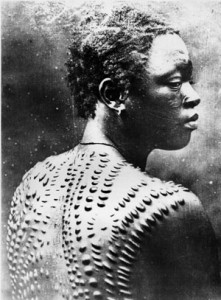
Some p-prims are harmless, but some can lead to serious bodily harm. The image above shows villages in Indonesia lying on an electrified railway track. Why? They believe this will improve their health. Their p-prim has to do with medicine: “electricity can cure some diseases.” This is not totally untrue, as is the case with all p-prims. Ultrasound therapy helps heal certain muscle strains, and the ultrasound machine runs on electricity. Heat lamps are also commonly used therapeutically. And they too require electricity. There are many, many other examples. It’s easy to explain how such folksy wisdom gets passed around the community. The problem with this particular p-prim is the resulting decisions that people make based on their beliefs in the curative power of electricity. How would a poor farmer in Rawa Buaya, outside Jakarta, get electricity? The most accessible source is this railway track. A tragedy is only a train away…


